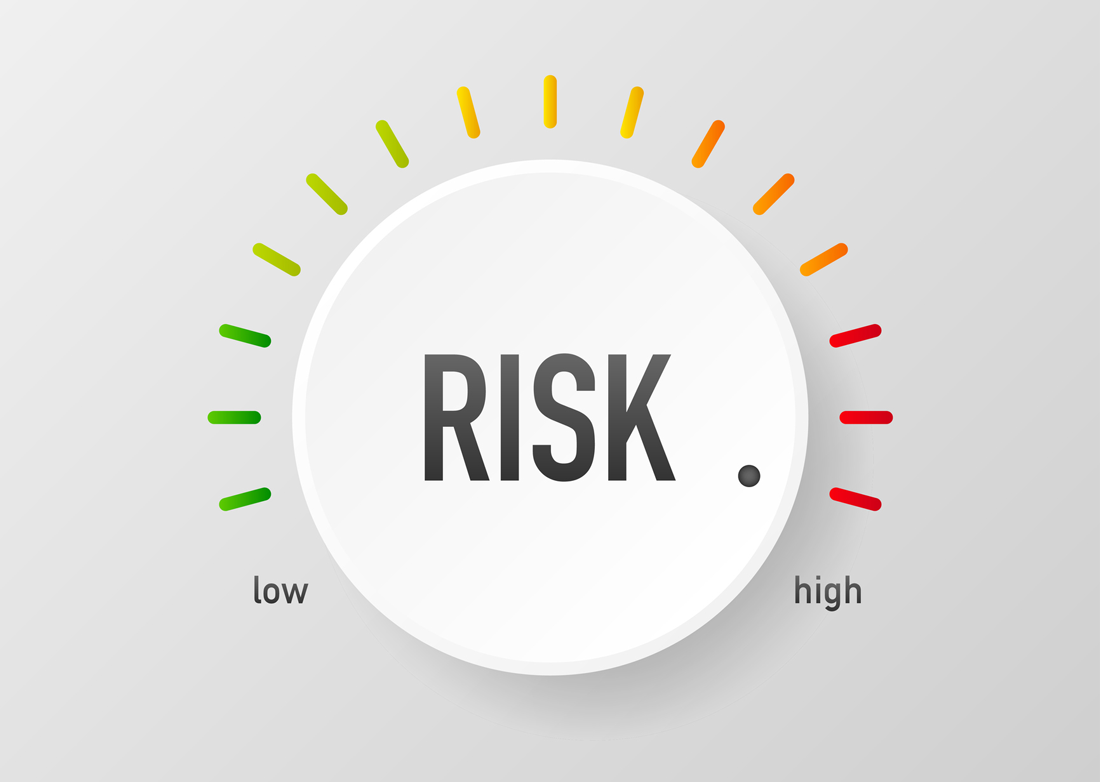
After the S&P prepared to announce the end of a bull market and the beginning of a bear, indexes rebounded to positive gains for the day. What does terrible sentiment and positive earnings bode for the economy’s future? Annex Wealth Management’s Dave Spano and Derek Felske discuss.

BACK TO TOP ↑
Risk Capacity vs. Risk Tolerance – What’s the Difference?

Risk capacity and risk tolerance go hand in hand when it comes to gauging the amount of risk an investor can and should take with their portfolio – but they’re not the same thing.
If you’ve worked with a financial advisor in the past, you’ve probably heard or even been asked to take a risk-tolerance questionnaire. Typically, risk-tolerance questionnaires will ask things like, “How big of a decline in the value of your investments would you be willing to handle?” or “What would you do if you saw the market was down 20%?” and calculate your risk tolerance depending on your answers.
The traditional approach is the higher one’s risk tolerance, the more risk they can take with their investments. Conversely, the lower the risk tolerance, the more one will want to be more conservative with their investments.
The key thing here, though, is that risk tolerance is just one piece of the puzzle. Being able to emotionally withstand major swings in the value of their portfolio doesn’t necessarily mean your risk level is appropriate for your financial plan. That’s where risk capacity comes into play.
Risk capacity is your ability to afford the risks that are being taken inside your portfolio.
In other words, you could score quite high on a risk-tolerance questionnaire, but your current financial situation might call for lower risk capacity.
For example, let’s say that in the next five years, you want to finally purchase that dream car you’ve wanted since you were a teenager or that vacation home you’ve talked about for ages. At that moment, because of the large purchase you’re going to make, your portfolio doesn’t necessarily have as much time to weather the volatility that could be brought on by a more aggressive strategy. As a result, at that stage of your life, you might still want some exposure to the market, but your current risk capacity and liquidity needs will call for some risk to be pared back.
Overall, it’s important to factor in both risk tolerance and risk capacity when it comes to portfolio construction. While risk tolerance assesses how much volatility you might be able to withstand emotionally, risk capacity should be a consideration alongside it. Knowing where one’s money will need to be going down the road, whether that be education, medical bills, day-to-day living expenses, etc. all plays a part in the portfolio’s capacity for risk.
If you need help determining your risk capacity and tolerance, find an advisor you can trust to help. At Annex, we use some robust tools that will help you understand more about yourself and how your plan should be configured.
BACK TO TOP ↑

BACK TO TOP ↑
BACK TO TOP ↑
UPCOMING EVENTS →
BACK TO TOP ↑